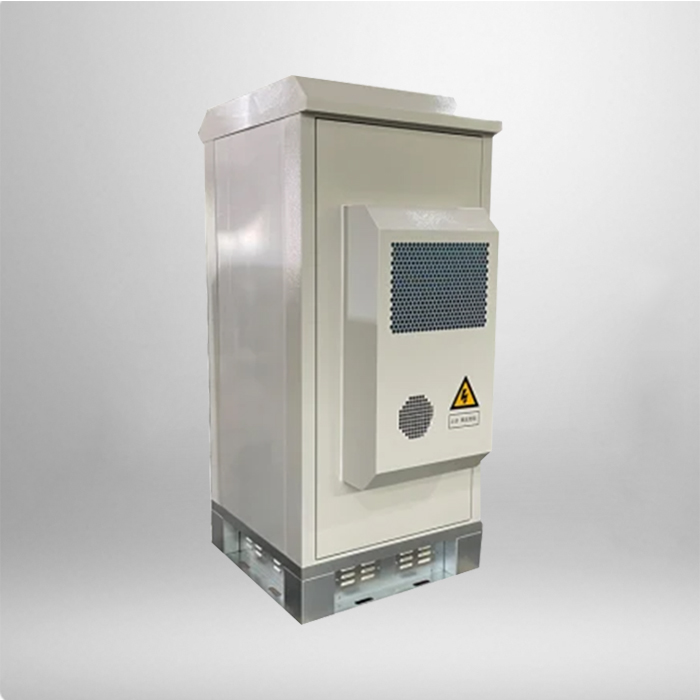
In the modern era of rapid digitalization, outdoor telecom cabinets have emerged as indispensable components in ensuring seamless communication across vast areas. These unassuming yet crucial structures serve as the nerve centers for telecommunication networks, housing a plethora of equipment that enables the transmission, processing, and distribution of data and signals.
At the heart of their functionality, outdoor telecom cabinets are designed to protect sensitive telecommunication equipment from the harsh elements of the outdoor environment. They shield electronic devices such as routers, switches, power supplies, and fiber optic components from extreme temperatures, humidity, dust, rain, and even vandalism. Advanced thermal management systems, including ventilation fans, heat exchangers, and insulation materials, are integrated into these cabinets to maintain an optimal operating temperature for the equipment inside. This is vital as fluctuations in temperature can significantly impact the performance and lifespan of electronic devices, potentially leading to signal disruptions and service outages.
The versatility of outdoor telecom cabinets is another key aspect of their significance. They can be customized to accommodate different types of telecommunication technologies, from traditional cellular networks to emerging 5G and future 6G infrastructure. Their modular design allows for easy expansion and upgrades, enabling telecommunication providers to adapt to the growing demands of data – hungry applications such as high – definition video streaming, cloud computing, and the Internet of Things (IoT). By simply adding or replacing equipment modules within the cabinet, networks can be enhanced to support faster data speeds and increased connectivity.
However, outdoor telecom cabinets also face a series of challenges. One of the most pressing issues is the threat of cyberattacks. As these cabinets are integral parts of the digital infrastructure, they are potential targets for hackers seeking to disrupt communication services or gain unauthorized access to data. Ensuring robust cybersecurity measures, such as encrypted communication channels, access control systems, and regular security audits, is essential to safeguard the integrity of the networks housed within these cabinets. Additionally, the increasing density of equipment within cabinets due to technological advancements poses challenges in terms of power consumption and energy efficiency. Finding sustainable power solutions, such as solar – powered cabinets or energy – saving equipment, becomes crucial to reduce operational costs and environmental impact.
Looking ahead, the future of outdoor telecom cabinets is closely intertwined with the development of emerging technologies. With the continuous rollout of 5G and the advent of 6G, these cabinets will need to support higher frequencies, faster data rates, and more complex network architectures. Integration with smart city initiatives also offers new opportunities, as outdoor telecom cabinets can be repurposed to house sensors and other equipment for urban monitoring and management, such as traffic control, environmental sensing, and public safety systems.
In conclusion, outdoor telecom cabinets are the unsung guardians of our connected world. While they face numerous challenges in an ever – evolving technological landscape, their ability to adapt and innovate will determine the future of seamless communication. As long as proper attention is given to their design, security, and sustainability, outdoor telecom cabinets will continue to play a pivotal role in driving the digital transformation across various sectors.


